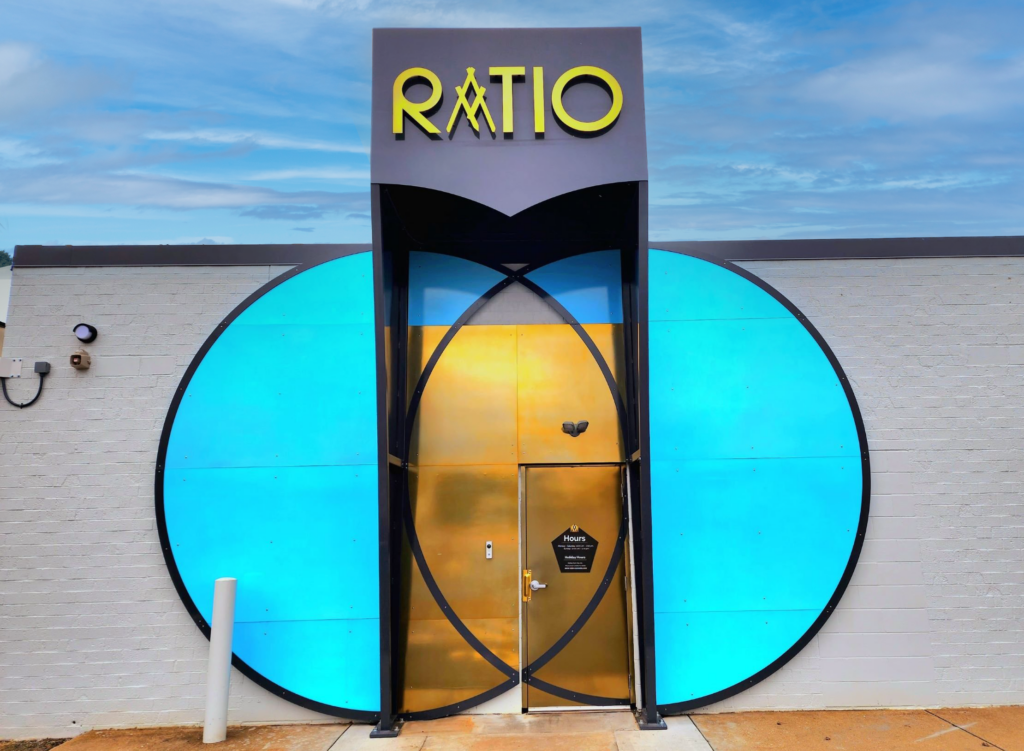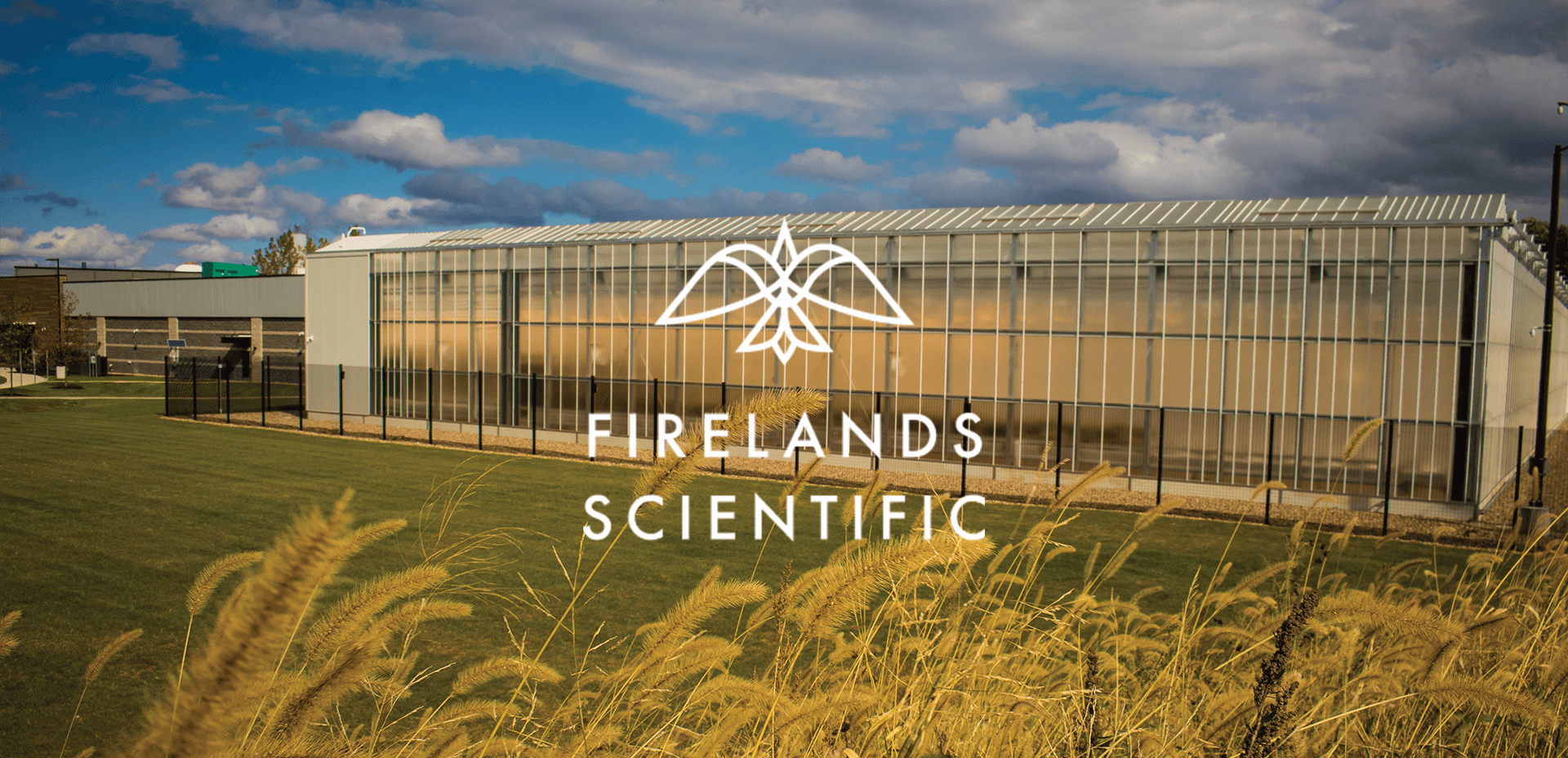AI-Driven Sales Forecasting for Cannabis MSOs in METRC-Regulated Markets
Introduction: Why Cannabis MSOs Need AI Forecasting Now
In the fast-moving cannabis industry, you’re either anticipating the market… or chasing it.
For Multi-State Operators (MSOs) working in METRC-regulated markets, the challenge is even steeper. Each state operates under different regulations, consumer preferences, and competitive landscapes—yet the flow of compliance and sales data never stops. METRC logs every plant and product, point-of-sale (POS) systems track transactions, loyalty programs collect customer insights… and still, many operators rely on spreadsheets or “educated guesses” to plan for tomorrow.
The result? Missed opportunities, overstocked shelves, stockouts during high-demand events, and promotional strategies that don’t pay off.
AI-driven sales forecasting changes that. By using machine learning and advanced analytics, MSOs can merge all their internal and external data into precise, real-time predictions. The payoff is massive:
- Smarter inventory management – stock the right products in the right places
- Data-driven promotions – maximize return on every discount
- Operational efficiency – staff and supply to meet actual demand, not gut feel
Let’s break down exactly how this works.
Integrating Market Intelligence with Internal Sales Data
If you’re only looking at your own sales history, you’re missing half the story.
By integrating BDSA brand performance data—one of the cannabis industry’s top market intelligence sources—into AI forecasting models, MSOs gain external context. BDSA tracks daily retail data on:
- Pricing trends
- Market share shifts
- Sales volumes
- Product category performance
With this, an MSO can benchmark their sales against statewide and national trends. For example:
- If vape cartridges are surging in Illinois, forecasts can adjust upward and inventory can be ramped up accordingly.
- If your edibles brand is lagging behind market growth, you can identify the gap and act—whether that means pricing adjustments, new SKUs, or targeted marketing.
The business impact: Your forecasts reflect both your internal strengths and the broader market, so you’re not blindsided by competitive moves.
The technical impact: Your AI model learns from more data points, improving accuracy and robustness.
Analyzing Customer Behavior for Demand Precision
Your customers are constantly telling you what they want—if you know where to look.
By feeding loyalty program data, CRM insights, and POS transactions into an AI model, MSOs can:
- Identify products frequently purchased together (great for bundling)
- Segment customers by price sensitivity, product preference, or frequency of purchase
- Predict repeat purchase rates and customer lifetime value
For example, AI might reveal that medical patients in one state consistently buy certain flower strains alongside tinctures. Knowing this, you can stock and promote these combos together.
Even better? AI can anticipate spikes from promotions (like BOGO offers) based on past responses—ensuring inventory levels match expected demand.
Bottom line: AI-driven customer behavior analysis means you stop guessing and start knowing exactly what to stock, when, and for whom.
Optimizing Promotions Without Killing Margins
Promotions are a balancing act: they can drive volume but slash profitability if not managed smartly.
AI-enhanced forecasting analyzes past promotions to answer key questions:
- How much sales lift did this discount actually generate?
- Did it attract new customers or just give existing ones a cheaper deal?
- Did it cause a post-promo sales dip (cannibalization)?
For example, your AI model might discover that flash sales on premium flower bring in high-value repeat customers—while deep discounts on pre-rolls just spike one-time purchases with no loyalty impact.
Armed with this insight, you can:
- Target promos to clear overstocked items
- Scale back discounts on products that sell well without incentives
- Time promotions for historically slow weeks to smooth revenue curves
This isn’t about “more discounts”—it’s about discounting smarter, not harder.
Planning for Cannabis Holiday Surges
If you run a cannabis business and aren’t preparing for 4/20, you’re leaving money on the table.
AI models trained on years of sales data can:
- Quantify expected lifts during cannabis “holidays” like 4/20, Green Wednesday, and New Year’s Eve
- Adjust for variations (e.g., when 4/20 lands on a weekend or overlaps with other holidays)
- Forecast category-specific boosts (flower vs. edibles vs. vapes)
Example: Industry data shows 4/20 sales can spike up to 185% in California compared to normal days. AI ensures your staffing, inventory, and marketing are ready to ride the wave—without the chaos of scrambling last-minute.
Weather as a Demand Driver
Sounds strange, but weather can move cannabis sales.
Sunny weekends? More in-store visits. Snowstorms? Delivery orders spike (if legal in the state). Heatwaves? Beverages and edibles might fly off the shelves faster.
By integrating local weather data into forecasting models, MSOs can:
- Predict slowdowns from storms and reallocate staff
- Promote delivery during bad weather
- Pre-stock popular summer products ahead of sunny holidays
It’s about micro-adjustments that, over time, add up to major efficiency and profit gains.
Leveraging Historical Sales and Operations Data
Your historical sales data is a goldmine—and AI can mine it deeper than any human ever could.
By analyzing years of:
- POS transactions
- Inventory logs
- Staffing schedules
- Promotion histories
AI can spot patterns you’d never catch manually. It learns your store-by-store sales rhythms, flags anomalies, and even models “unconstrained demand” (what you would have sold if stockouts hadn’t occurred).
This turns historical data from a dusty archive into a predictive engine for future planning.
CannaHub: The Data Glue for AI Forecasting
Here’s the catch: AI forecasting is only as good as the data feeding it.
For MSOs, data is often siloed: METRC compliance logs in one place, POS systems in another, cultivation software somewhere else entirely. CannaHub solves this by integrating all those systems into a single, secure business intelligence platform.
With CannaHub, AI models can:
- Access a unified “single source of truth”
- Run forecasts across all states without messy manual exports
- Stay compliant while still harnessing advanced analytics
For business leaders, it means dashboards showing real-time sales trends, inventory levels, and forecasts—all in one place.
Why MSOs Not Using AI Are Falling Behind
Operators still relying on manual forecasts are:
- Slower to react to market shifts
- More likely to suffer from stockouts or overstock
- Spending more time compiling reports than acting on insights
Meanwhile, AI-driven MSOs are making proactive, data-backed moves—and their advantage compounds over time.
From better inventory turnover to lower labor costs and higher customer satisfaction, AI delivers measurable ROI in both the short and long term.
Wrapping It Up: The Competitive Edge is Predictive
In cannabis, the difference between winning and lagging isn’t just product quality—it’s who can see the future better.
AI-driven sales forecasting gives MSOs that vision, blending:
- Market intelligence (BDSA)
- Customer behavior patterns
- Seasonal and weather trends
- Historical performance data
When integrated through platforms like CannaHub, it creates an agile, informed, and highly competitive operation.
Those who adopt now will not just keep up—they’ll lead.
FAQs
Accordion Title
1. What is AI-driven sales forecasting in the cannabis industry?
AI-driven sales forecasting uses machine learning algorithms to analyze sales, inventory, customer, and market data to predict future demand. For cannabis MSOs, it means replacing guesswork with accurate, data-backed projections that account for variables like METRC compliance data, seasonal trends, and promotions.
2. How does AI forecasting benefit cannabis MSOs in METRC-regulated markets?
It streamlines inventory planning, optimizes promotions, reduces stockouts, improves cash flow, and ensures compliance. By integrating diverse data sources—like POS systems, BDSA market data, and METRC logs—MSOs get a holistic, accurate view of demand trends across all states they operate in.
3. Can AI forecasting help with cannabis holiday sales like 4/20 and Green Wednesday?
Absolutely. AI models can incorporate years of holiday sales data to predict demand surges for events like 4/20, Green Wednesday, and New Year’s Eve. This ensures MSOs have the right stock, staff, and marketing campaigns ready to maximize revenue during these high-demand periods.
4. Does AI forecasting work for both in-store and online cannabis sales?
Yes. AI models can pull data from physical dispensary POS systems and online ordering platforms. This allows operators to forecast demand across both channels, adjusting for differences in buying behavior between walk-in customers and online shoppers.
5. How does weather impact cannabis sales forecasts?
Weather patterns influence cannabis sales more than many expect. Sunny weekends may boost in-store visits, while storms can spike delivery orders. AI forecasting incorporates historical and real-time weather data to adjust demand predictions—helping MSOs plan for staffing, inventory, and promotions.
6. What’s the role of platforms like CannaHub in AI forecasting?
CannaHub consolidates fragmented data from METRC, POS systems, cultivation software, and other platforms into one secure business intelligence hub. This unified data environment is essential for accurate AI forecasting and ensures compliance while enabling advanced analytics.
7. Is AI forecasting worth the investment for smaller MSOs?
Yes. While large MSOs benefit from scale, smaller operators gain agility. Even modest improvements in inventory accuracy, promotion targeting, and operational efficiency can significantly impact profitability—making AI forecasting a smart investment at any size.





